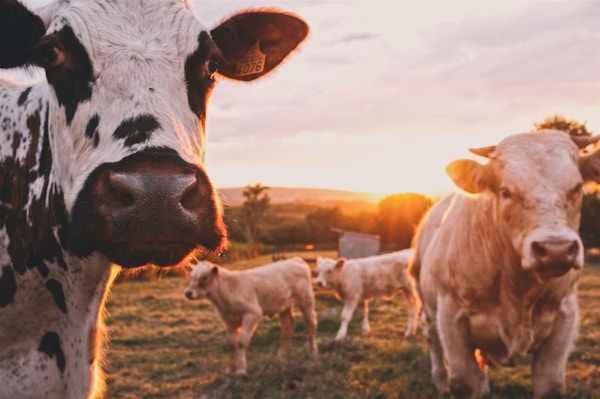Dairy milk products are a common source of nutrition for many people. They are high in protein and calcium and have a rich, creamy flavor. However, dairy products have a serious impact on the environment. If you want to reduce your impact on the planet and still enjoy delicious milk, consider switching to StriveForBetter animal-free milk over cow’s milk. Keep reading to learn more about the environmental impact of dairy milk production.
The Impact of Greenhouse Gases
The dairy industry is a complex and important part of the American economy. It is also one of the most environmentally damaging. The negative environmental impacts of the dairy industry are caused by the production and consumption of dairy products. Dairy cows are a major source of greenhouse gas emissions. The belching and flatulence of cows emit methane, a greenhouse gas that is 25 times more potent than carbon dioxide. In the United States, the dairy industry is responsible for more than 5 percent of greenhouse gas emissions.
The Impact of Waste

Dairy farms are one of the main sources of pollution in the United States. The Environmental Protection Agency (EPA) has identified dairy farms as one of the top sources of pollutants in surface water. Animal waste, fertilizers, and pesticides used on crops can all run off into waterways, creating serious environmental problems. The EPA states that dairy cows produce about three hundred gallons of manure a day. This manure contains high levels of nitrogen and phosphorus, which can cause algae blooms in waterways. These algae bloom block sunlight from reaching aquatic plants, killing them and creating oxygen-deprived dead zones where fish cannot survive. Farm runoff also contains antibiotics and hormones that are used to treat cows. These drugs can end up in drinking water supplies and pose a threat to human health. In addition, manure lagoons release methane gas into the atmosphere, contributing to climate change.
The Impact of Land Use
The industry of dairy products is one of the most environmentally damaging in the world. It takes up a shocking amount of land, contributing to deforestation, loss of biodiversity, and global warming. Let’s take a look at the numbers. Globally, cows produce around 500 billion liters of milk each year. That’s a lot of milk. And to produce it, cows need a lot of lands. In the UK, for example, dairy cows occupy around 1.5 million hectares of land, an area the size of Wales. That land could be put to better use. It could be used to grow crops to feed people or to create forests that help to tackle climate change. But instead, it’s used to produce milk that most people don’t even need.
The Impact of Water Use

Water is a precious resource, and it’s important to use it wisely. Agriculture is a major consumer of water, and dairy farms are particularly water-intensive. Here we take a closer look at the environmental impact of water use from dairy farms. Water is essential for dairy cows to produce milk. A single cow can consume up to 50 gallons of water per day, and dairy farms typically use millions of gallons of water each day. This water is used for a variety of purposes, including drinking, washing, and cooling down dairy cows. Water use from dairy farms can have a significant environmental impact. It can contribute to water shortages and reduce the quality of water available for other uses.
Altogether, the production of dairy milk has a negative effect on the environment. This is due to the methane gas emitted from cows, the fertilizer and pesticide runoff from dairy farms, and the high water usage in dairy production.
